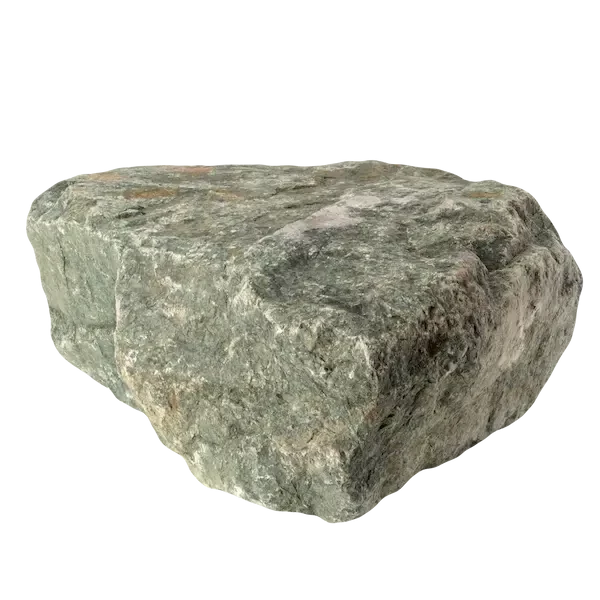

- Date
- 02 MARCH 2022
- Author
- GLORIA MARIA CAPPELLETTI
- Image by
- RAFAEL CLAPP
- Categories
- Aesthetics
Creativity in the age of the algorithm
Today’s RADAR by RED-EYE serves as a review on the field of computational creativity, raising some of the critical issues, as we discuss topics related to the aesthetics of art in the age of the algorithm and it should be strongly recommended to anyone studying creativity, computation, computational aesthetics, and AI; and is sure to be interesting for those in a broad variety of disciplines, including aesthetics, media arts, computing, cognitive science, AI, and the philosophy of mind.
Machine learning, generative art (including fractals), glitch art, style transfers, GANs (generative adversarial machine learning), COULDs (creative adversarial machine learning), and even literal bots (embodied artificial intelligence) are among the innovative tools artists and amateurs alike are using to augment their creative processes.

RED-EYE sparks a conversation on whether computers enhance human creativity, whether art made with computers will ever be appropriately appreciated, and what computers can teach us about creativity. The work of these sophisticated algorithms poses questions about the nature of art, and about the role of human creativity in a future society.
Like paintbrush, spell check, or Photoshop, the artificially intelligent art generator application is simply another tool that can be added to the artists toolkit. Just like we would not argue that a piece created using tools such as Photoshop or Procreate is authored by [the] Photoshop or Procreate, it seems fair to consider AI creators to be artists that develop, study, and employ the AI tools. But there is something more and it is out of control. This is why algorithmic art is so fascinating, because there is something hidden yet intriguing.
These complex algorithms are creating unique (and at times disturbing) works of art, that are only a small taste of the vastness of the creative output generated by algorithms and machines. Any history of computing-based art shows that computational creativity has been paralleled -- indeed, is the vanguard -- in this type of art, in contrast with works created manually by humans using digital tools for production. When the media environment has changed so favourably for works of algorithmic art, we might expect to see a burst in applications and explorations of computational creativity across a variety of artistic fields.
Algorithms such as AIVA or MuseNet are used to produce music and other works of art tailored to influence our own unique psyches. In the meantime, humans remain supreme at abstract, creative tasks. It seems that, when it comes to creativity, too, we are now challenged by our own creations.
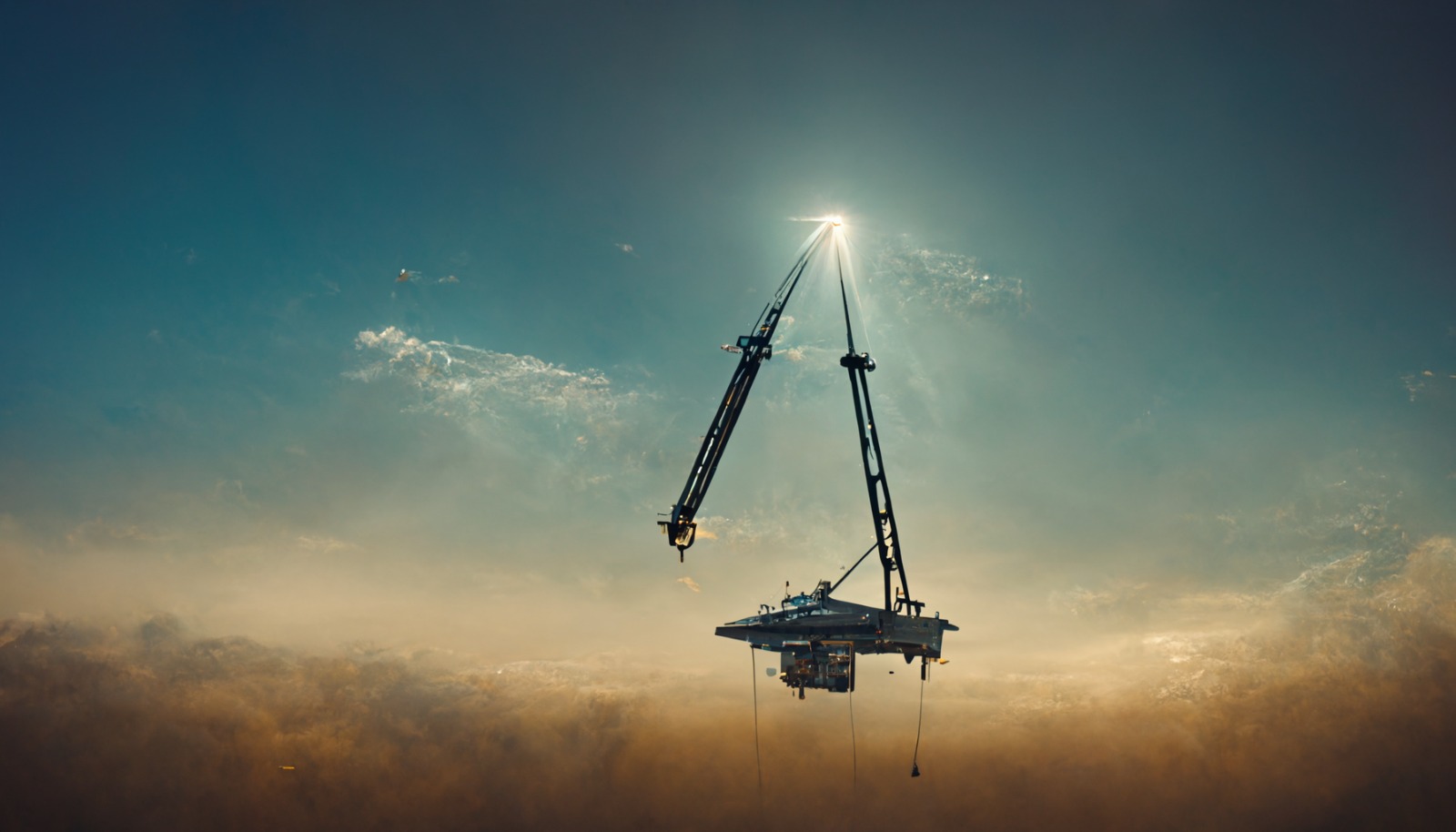
Eventually, Mario Klingemann, better known as Quasimondo, suggests, we could create machines that go further than we do, which are smart enough to make their own art, without the need for human input. We may be able to harness our machines to extend our creative potential, to push the boundaries of what is possible in the arts. However it is clear that AI and machine learning are, at this point, not yet completely ready to independently produce works of art.
At the same time, some of these works of art show that AI artists might not necessarily pose a threat to human artists, but instead represent an opportunity for us to push the boundaries of creativity. The increasing presence of AI in the arts, producing works of creative work, often in collaboration with human artists, is evidence that we are not facing a dichotomous question. Sometimes the appreciation for art seems modulated, at least partially, by pre-existing stereotypes and prejudices about the creativity capabilities of AI. In this case, results reveal negative biases in evaluating AI-created art, as well as default preferences for human artists.
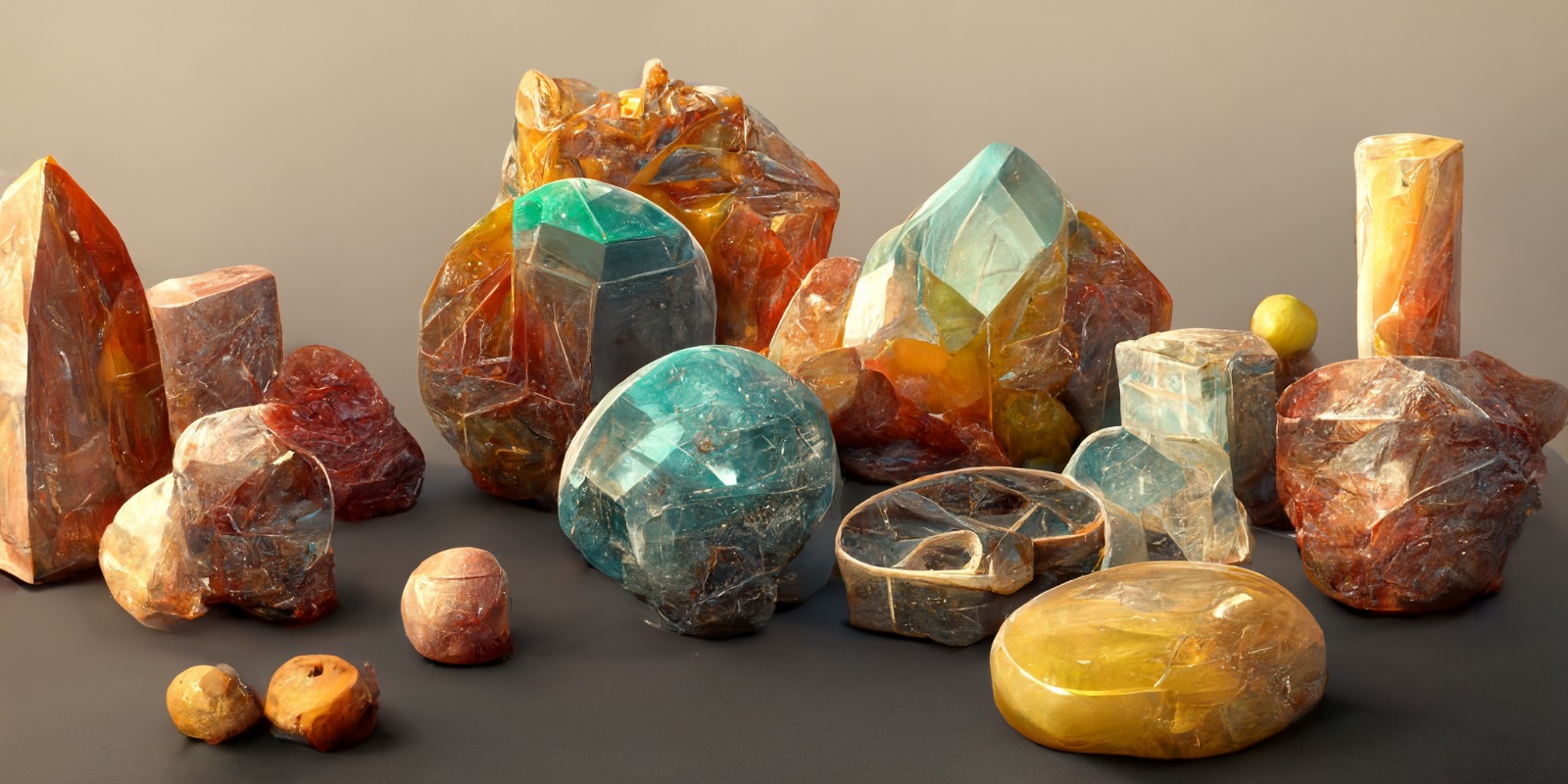
Driven by artificial intelligence technologies, interactive art is no longer focused on the singular sensory audiovisual experience, but on integrated art expressions, which are highly interactive, kinetic, and emotive, grounded in a natural human behaviour study, integrated with the sensory, combined with intelligence. Intelligence, nature, learning, and non-biological intelligence are the emerging technologies and concepts brought about by AI developments, supporting the creation of modern intelligent digital interactive art, and impacting public aesthetic trends and artists creative ideas. Based on an analysis of AIs inherent advantages, this article suggests how AI may transform the initial paradigms of applications for interactive art from levels of creative thought, production modes, and artistic experiences, to set up a model for the intelligent creation of interactive art within an AI framework. In 1973 Harold Cohen, a renowned painter and pioneer in algorithmic art developed a computer program that made history, AARON, to investigate the possibilities for a novel form of collaborative art. In her book “Aaron's Code”, Artificial Intelligence historian Pamela McCorduck described Cohen as the first of a new breed of aesthetic creators, something she terms the "meta-artist."
Setting aside the questions about whether human creativity is limited, and exactly what creativity is, artificial neural networks are being developed today that calculate rules on their own, instead of being taught.
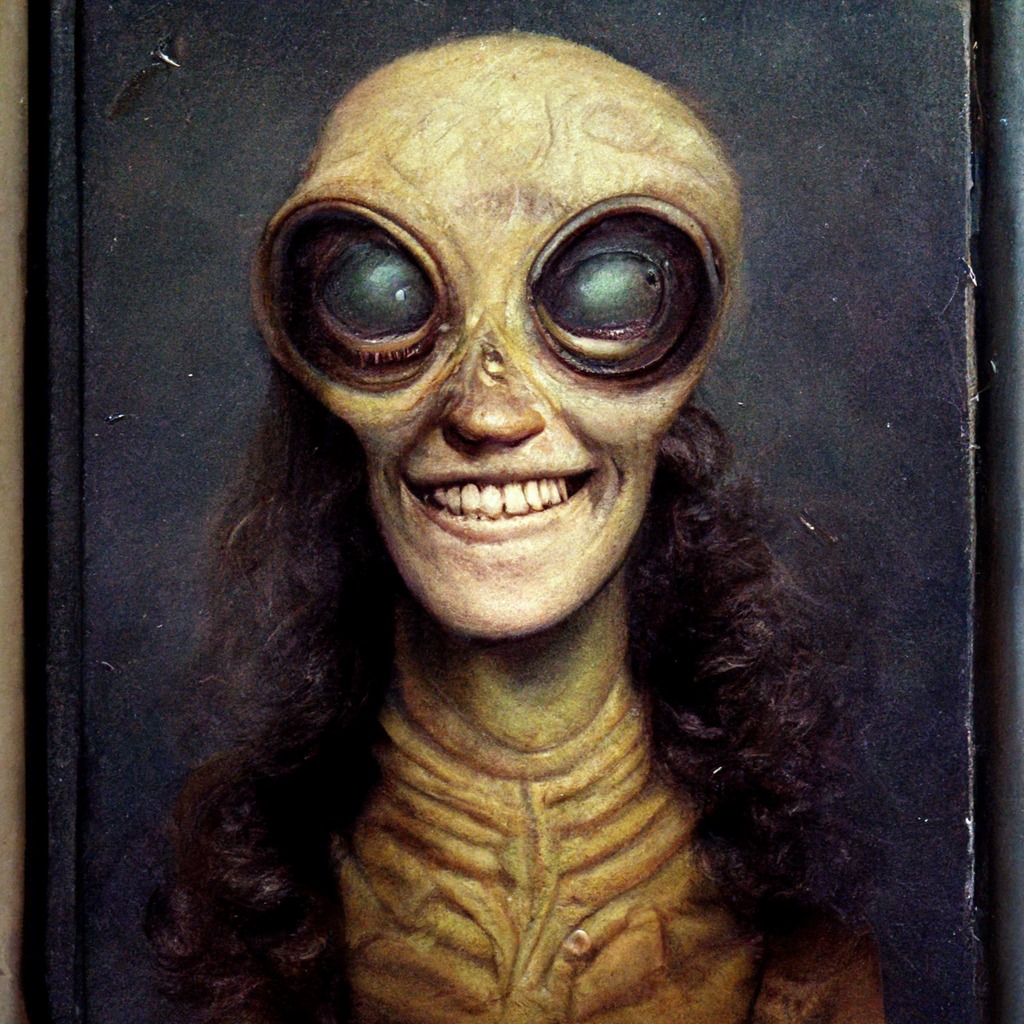
Far from replacing us, such leaps could empower us, making it possible for humans and machines to work together to reach the highest levels of creativity. They place programming and algorithmic art strongly within human territory, and demonstrate how programmers employ anthropomorphisms and metaphors in their work. First, there is a continuum from low, common levels of creativity found in daily life, to the higher levels of creativity found in inventions, performances, scientific discoveries, and works of historical art. The other is an attempt to generate machine creativity--or, at any rate, machine creativity--in which a computer appears, to some extent, at least, to be creative.
This might seem a little radical, but South Korean art generativist CSLIM believes AI perception will become the next major landmark of the history of art - the history of art being divided between pre-singularity and post-singularity art, creating works generated by AI to reflect social issues, the reinterpretation of traditional art, and re-discovery of the landscape.
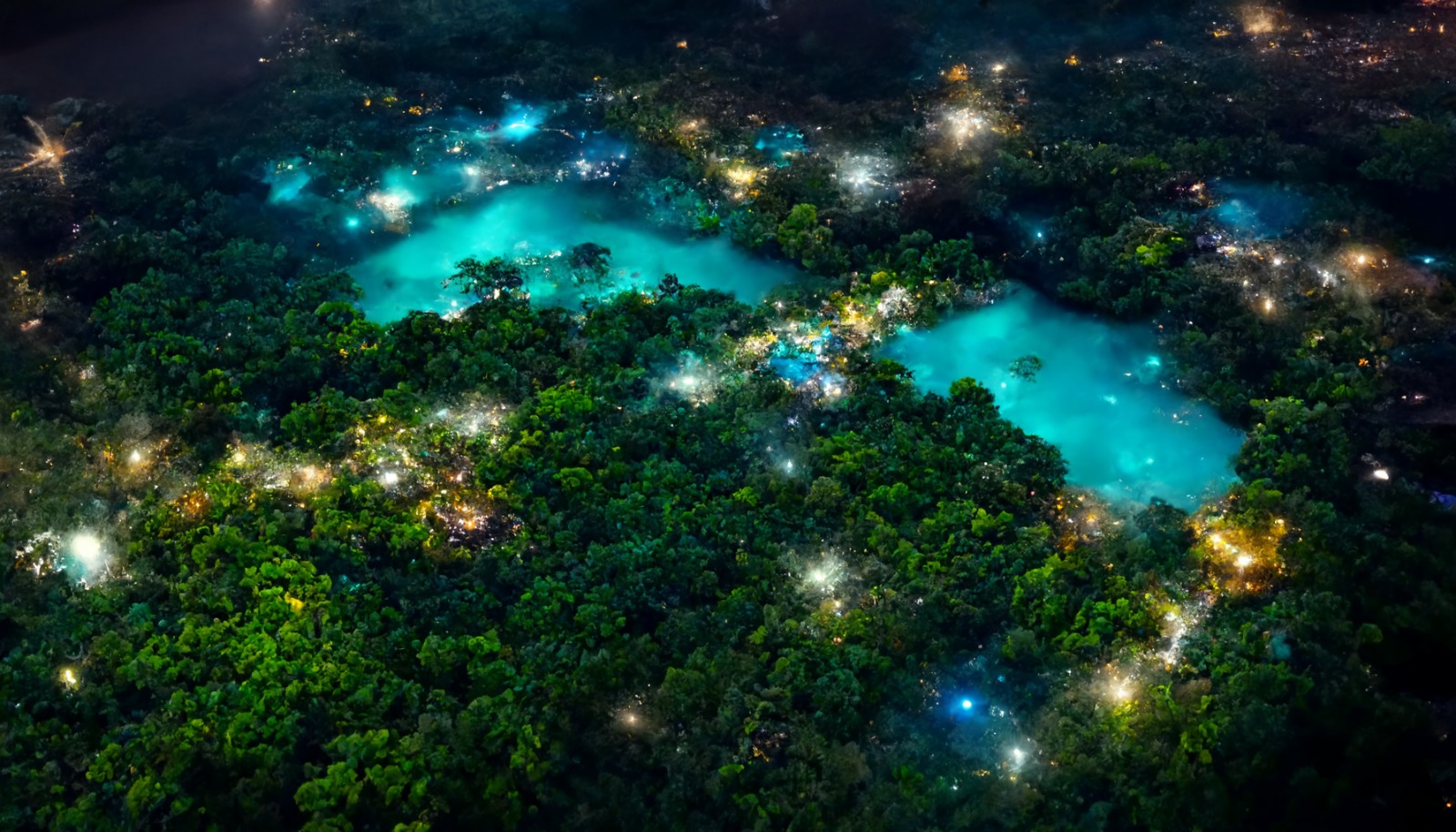
Another kind of program that is creative, such as DALL·E mini, is an evolutionary art, where a computer produces new results, taking advantage of evolutionary principles of random variation and selective conservation. At first glance, we consider the creation of art as the work of sheer imagination, as sparks from the human mind which cannot be quantified nor described by data. But we could be wrong.
AI-Generated text edited by Gloria Maria Cappelletti, editor in chief, RED-EYE
All images generated with AI art platform Midjourney that finally opened its closed beta, allowing anyone to sign up for an account and generate surreal renderings.
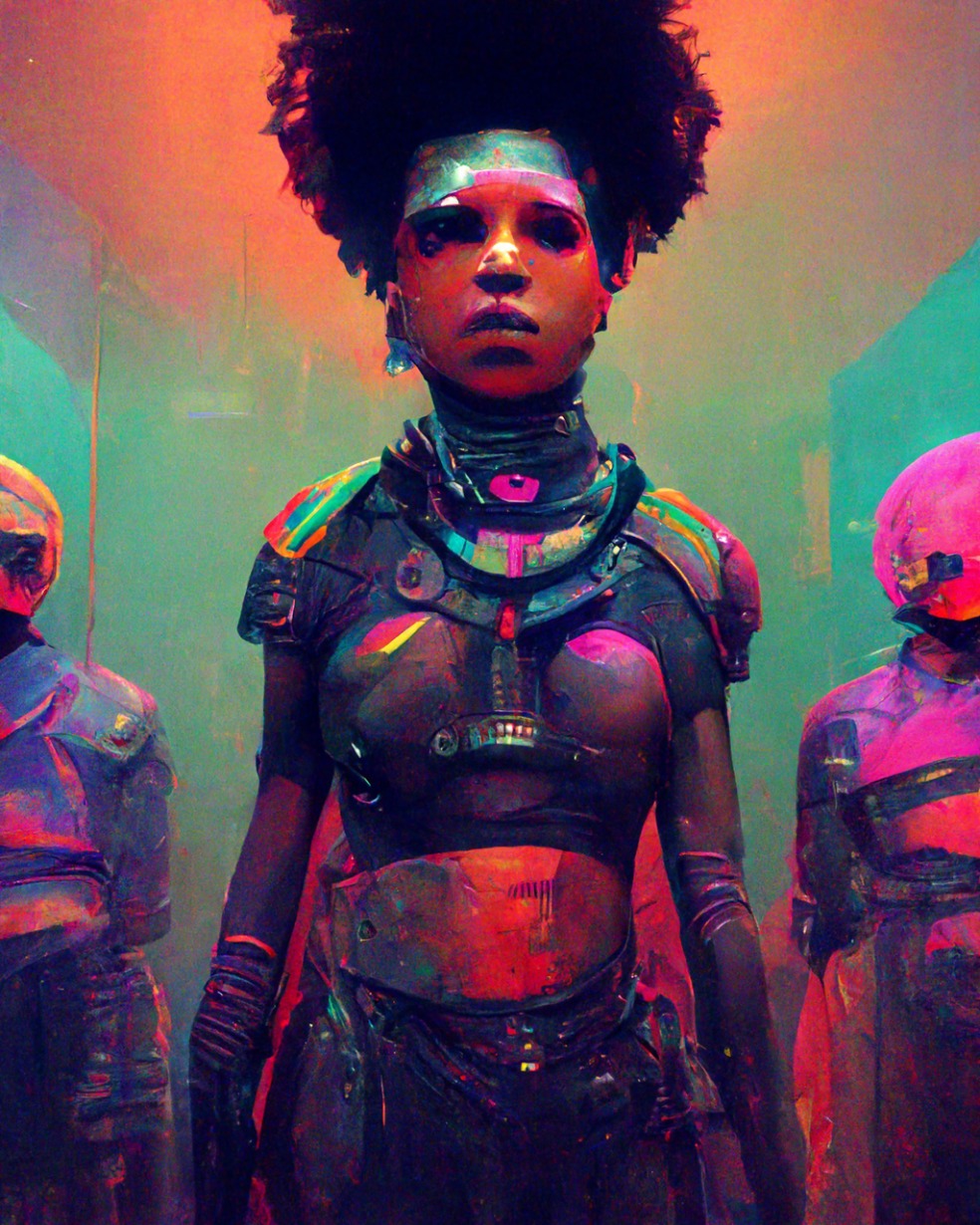
Favorite books you need in your Web3 reading life:
Aaron's Code: Meta-Art, Artificial Intelligence and the Work of Harold Cohen by Pamela McCorduck (1990-10-01)
Affective Computing by Rosalind W. Picard, MIT Press (1997)
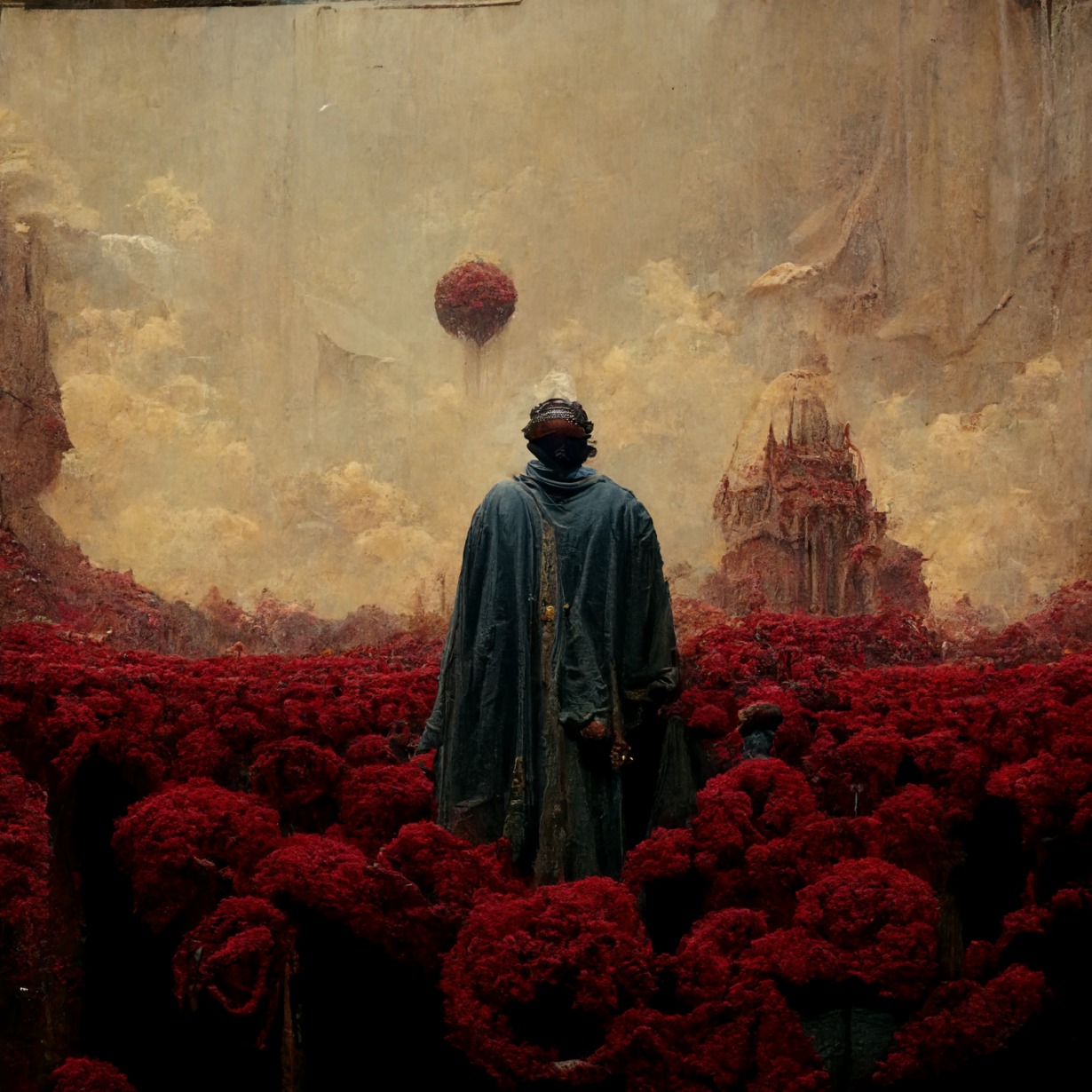
RADAR by RED-EYE is the first disclosed AI co-generated newsletter, that explores everything we need to know about the future.